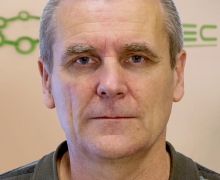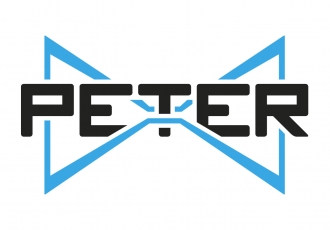

- Institution: CEITEC BUT
- Project title: Plasmon Enhanced Terahertz Electron Paramagnetic Resonance
- Acronym: PETER
- Project type: H2020-EU.1.2.1. - FET Open
- Solution period: 1. 1. 2018 - 31. 12. 2020
- Financial Support: 687 646, 25 EUR
- Website: peter-instruments.eu
Objection
We propose to establish Plasmon-enhanced Terahertz Electron Paramagnetic Resonance spectroscopy and scanning microscopy as a unique Electron Paramagnetic Resonance (EPR) platform for high-sensitivity local analysis of paramagnetic organic and inorganic species and materials. Here, we will deliver novel hardware and infrastructure providing ground-breaking innovation in the magnetic sensing and imaging. The platform is conceptually based on incorporating THz plasmonic antennas onto surfaces (spectroscopy) and scanning probe tips (microscopy), resulting in a strong, local enhancement (about two orders of magnitude) of the magnetic sensing field.
Extending to the THz region enables effective utilization of plasmonic structures resulting in a radical improvement of EPR sensitivity (about four orders of magnitude) and spatial resolution going beyond the diffraction limit, and thus introduce a scanning probe microscopic regime into this field. This will make it possible to map the sample over its area and so to localize its properties with unprecedented resolution (below 1 micrometre). Such a significant enhancement of the EPR performance will open new ways in magnetic sensing technologies enabling for instance to study in situ functional centres in a wide variety of materials, and, generally, set a new direction in the development of the EPR-employing industry.
EPR finds its applications in many scientific areas covering chemistry, biology, medicine, materials science, physics, etc. Hence, introducing this new method would have a profound impact on scientific, technological and societal stakeholders in many research and industrial communities.
Project partners
Partneři projektu
Brno Universitiy of Technology, NanoGune, University of Stuttgart, ThZ Terahertz
Project coordinator
Phone: +420 54114 2707


 Share
Share



